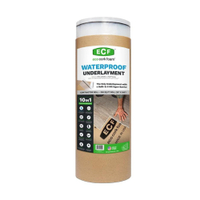Is luxury vinyl flooring right for your home? We explore the pros and cons
From aesthetic value to ease of installation, we take a deep dive into luxury vinyl flooring
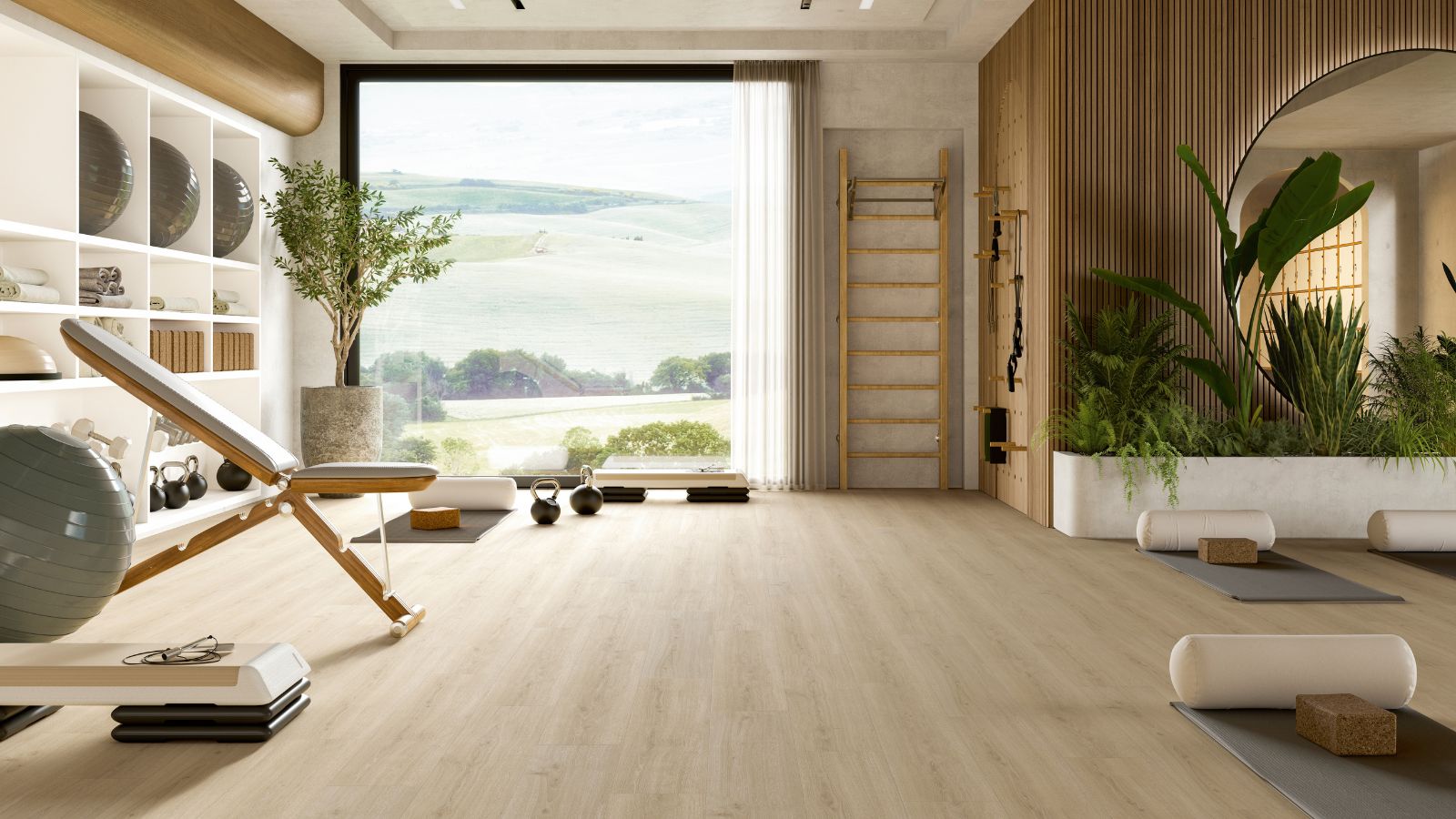
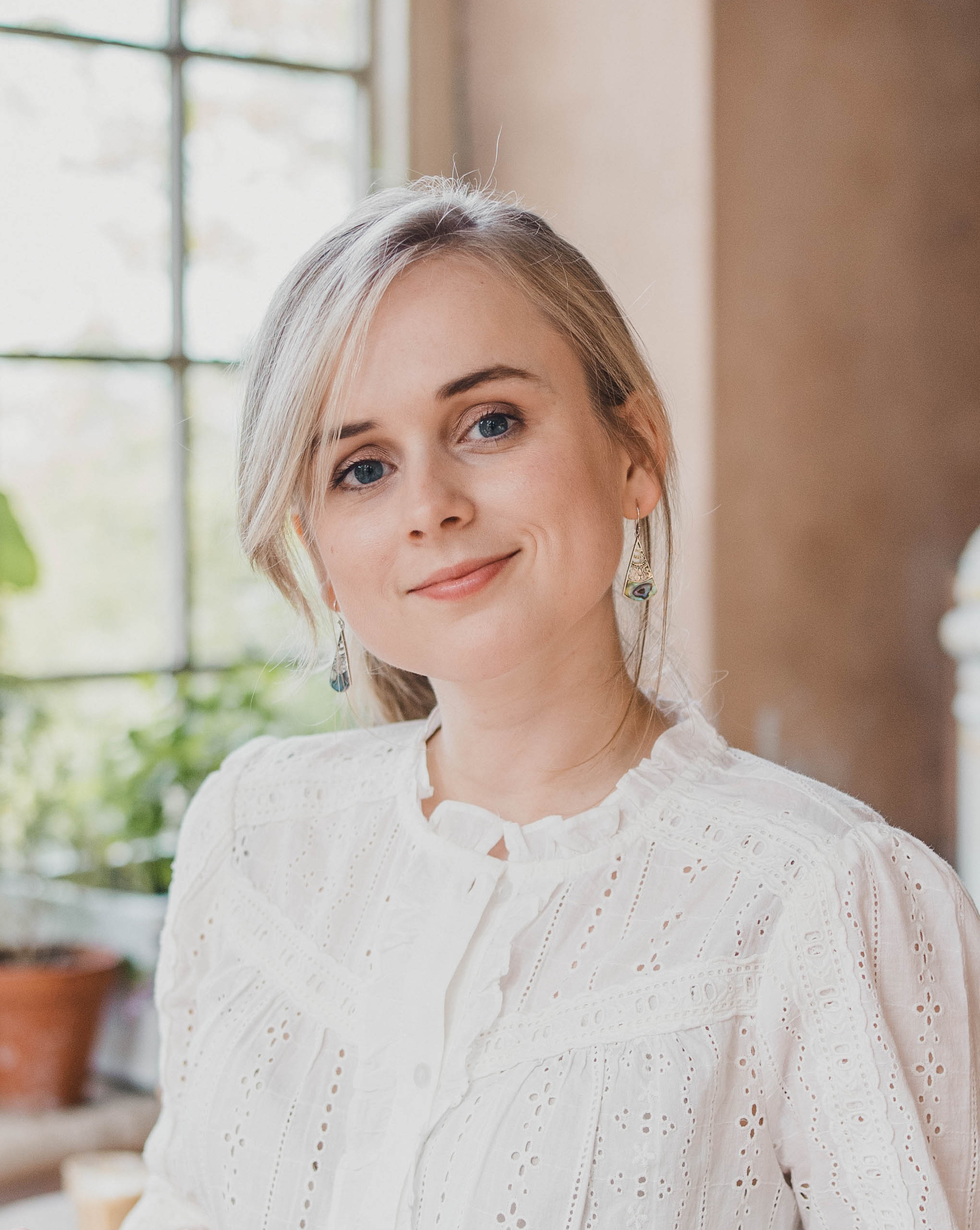
When selecting the best type of flooring for your home, it’s important to balance aesthetics with practicality. You may want the warmth of hardwood, the elegance of stone, or the statement look of ceramic tiles, but does your budget allow for these materials, and are they practical choices for your lifestyle?
With luxury vinyl flooring, you can achieve the same look as a high-quality hardwood or natural stone floor at a fraction of the cost and with minimal upkeep. Though often overlooked in the world of interior design, luxury vinyl is an extremely versatile choice that can be made to fit almost any space and style.
Whether you're currently renovating your home or simply replacing a tired carpet, this guide will help you decide if vinyl floors are right for your space and design aspirations.
Is vinyl flooring right for your home?
Vinyl flooring has earned a bad rep over the years, mostly due to the misconception that this material is akin to cheap and sticky linoleum floors. But this couldn't be further from the truth. Today, luxury vinyl is a versatile choice that can mimic almost any surface style, from the intricate grain of oak to the smooth sheen of marble, making it perfect for almost any interior design scheme.
We think it’s time luxury vinyl got the recognition it deserves, but this is what you should consider before you take the plunge:
What is vinyl flooring?
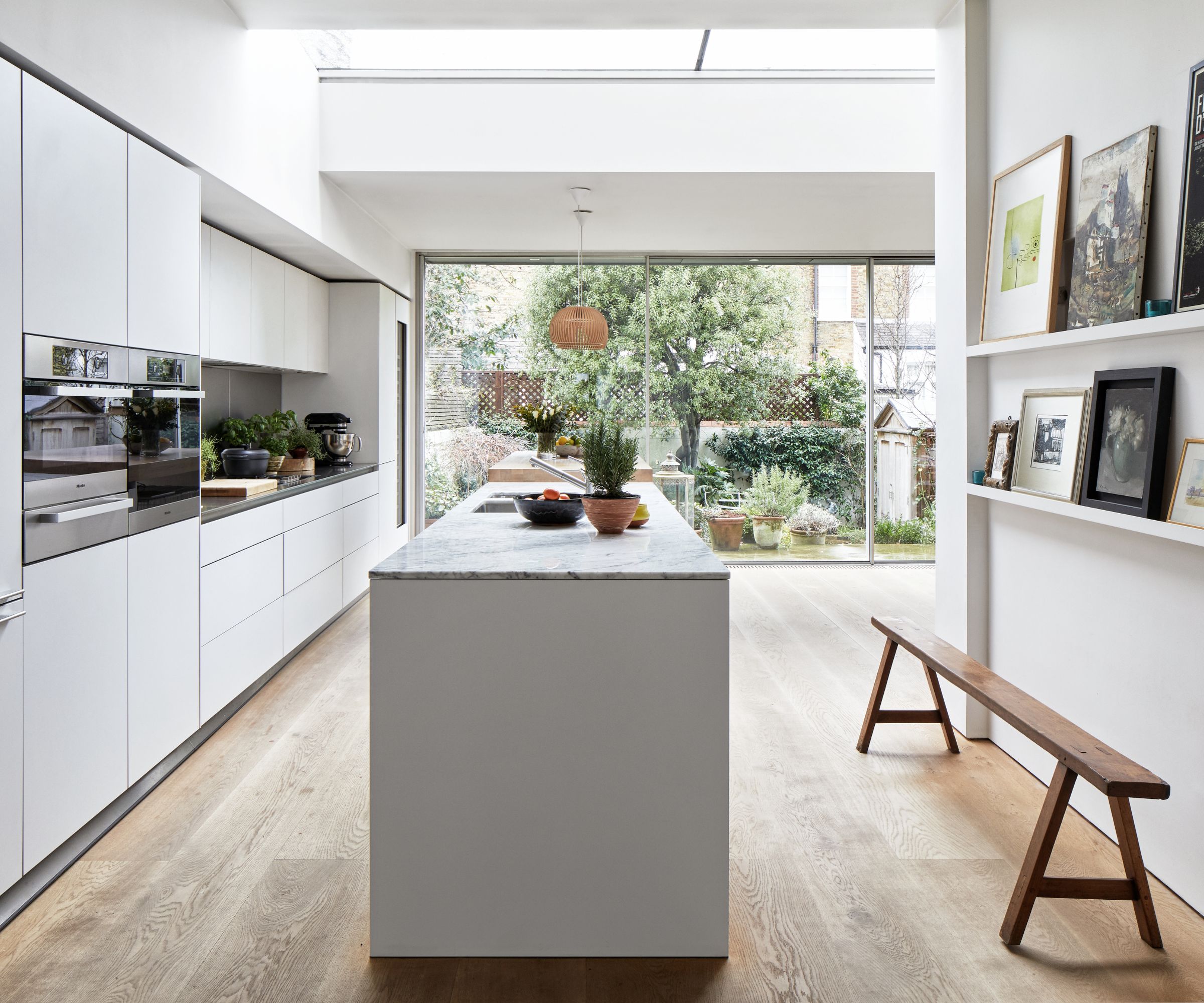
'Many people have misconceptions about vinyl flooring, notably that it is cheap-looking and not hardwearing,' says Neel Bradham, CEO of Parador Flooring. 'Although this may have been the case many years ago, vinyl has greatly improved its design prowess and technological capabilities. Not only is it a great choice for design enthusiasts, but it also ticks all the boxes for resilience and technological performance.'
At its core, vinyl is made from a durable plastic known as polyvinyl chloride (PVC). The process of manufacturing this type of flooring combines mixing, shaping, and detailed printing to achieve a product that’s both beautiful and built to last. A top layer protects against wear and tear, ensuring the floor looks newer for longer. Just beneath, a print layer uses high-quality images to mimic the appearance of wood, stone, or other designs with remarkable accuracy.
Luxury vinyl is designed to offer the realistic look of natural materials with added benefits like ease of cleaning and resistance to damage, all at a more affordable cost.

Neel Bradham is the CEO of Parador, a leading global flooring company since 1977. The brand redefines standards for the foundation of a beautiful room, changing perceptions about engineered wood, laminate, and vinyl floorings.
Aesthetics & Versatility
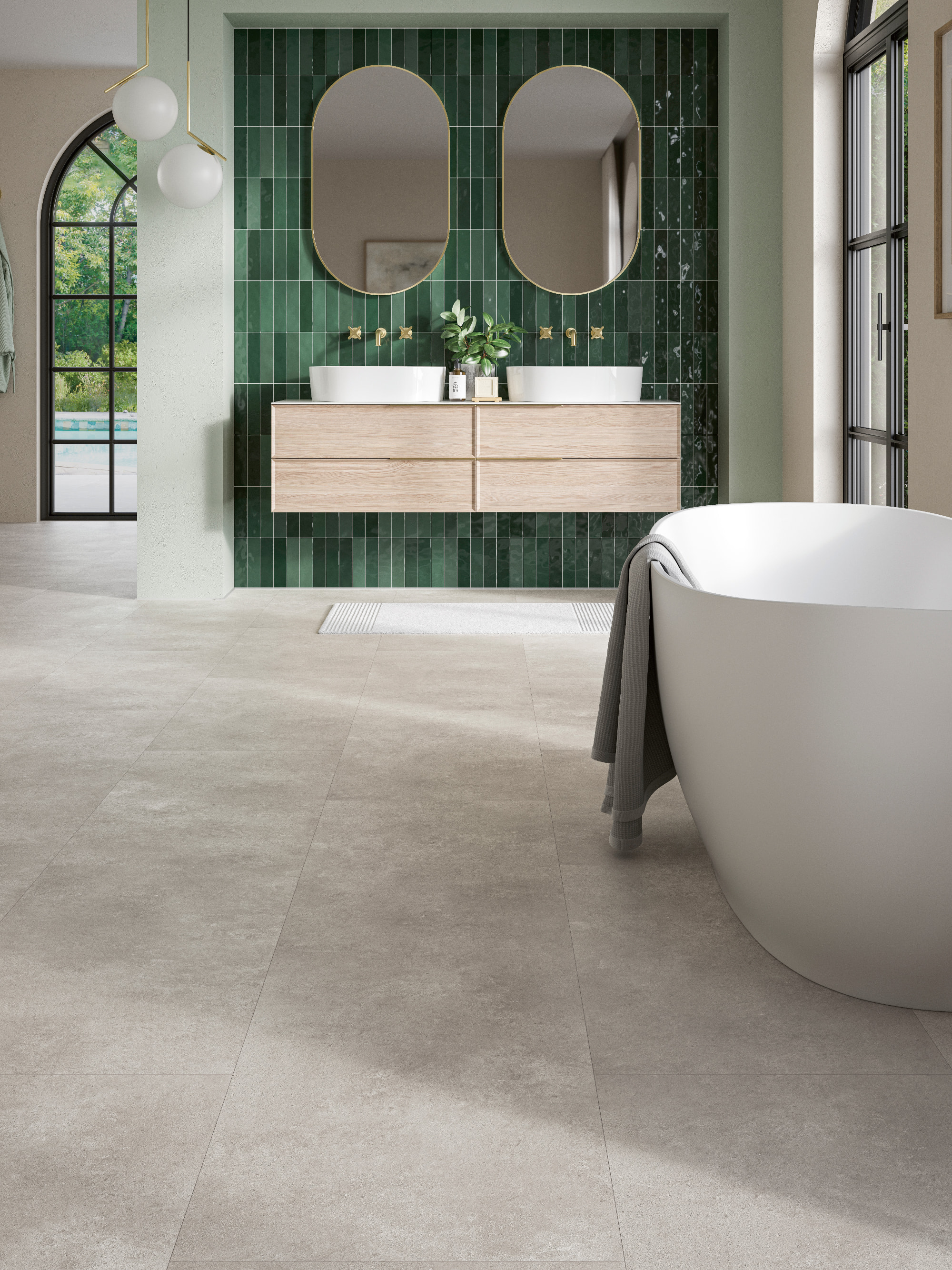
'Effortlessly blending form with function, vinyl is available in a versatile selection of designs, colors, and formats to suit all styles,' says Neel Bradham. Whether you are after the natural charm of stone floors or something uniquely contemporary, vinyl has you covered.
'If you haven’t been in a flooring showroom in the last seven years or so, you might not know that the technology for creating realistic wood looks in luxury vinyl has made enormous strides in beauty and appeal,' explains Courtney Wollersheim, Interior Designer at Floor 360.
'The misconception is that each vinyl plank has the same design print, giving it an unrealistic and repetitive look when installed in a large room. But the top design layers on the planks are now highly varied and realistic, much like hardwood with graining, grooves, and realistic variety, so it’s easier than ever to achieve hardwood flooring looks with luxury vinyl planks.'
Luxury vinyl flooring would fit just as easily into a modern farmhouse as a mid-century modern aesthetic.

Courtney is a designer at Floor 360, a tile specialist company based in Madison and Milwaukee. She pursued a degree and career in interior design that has spanned 25 years – earning the trust of homeowners, business owners, architects, and design peers. Her portfolio includes designs for hotels, spas, apartments, and many homes.
Durability & Longevity
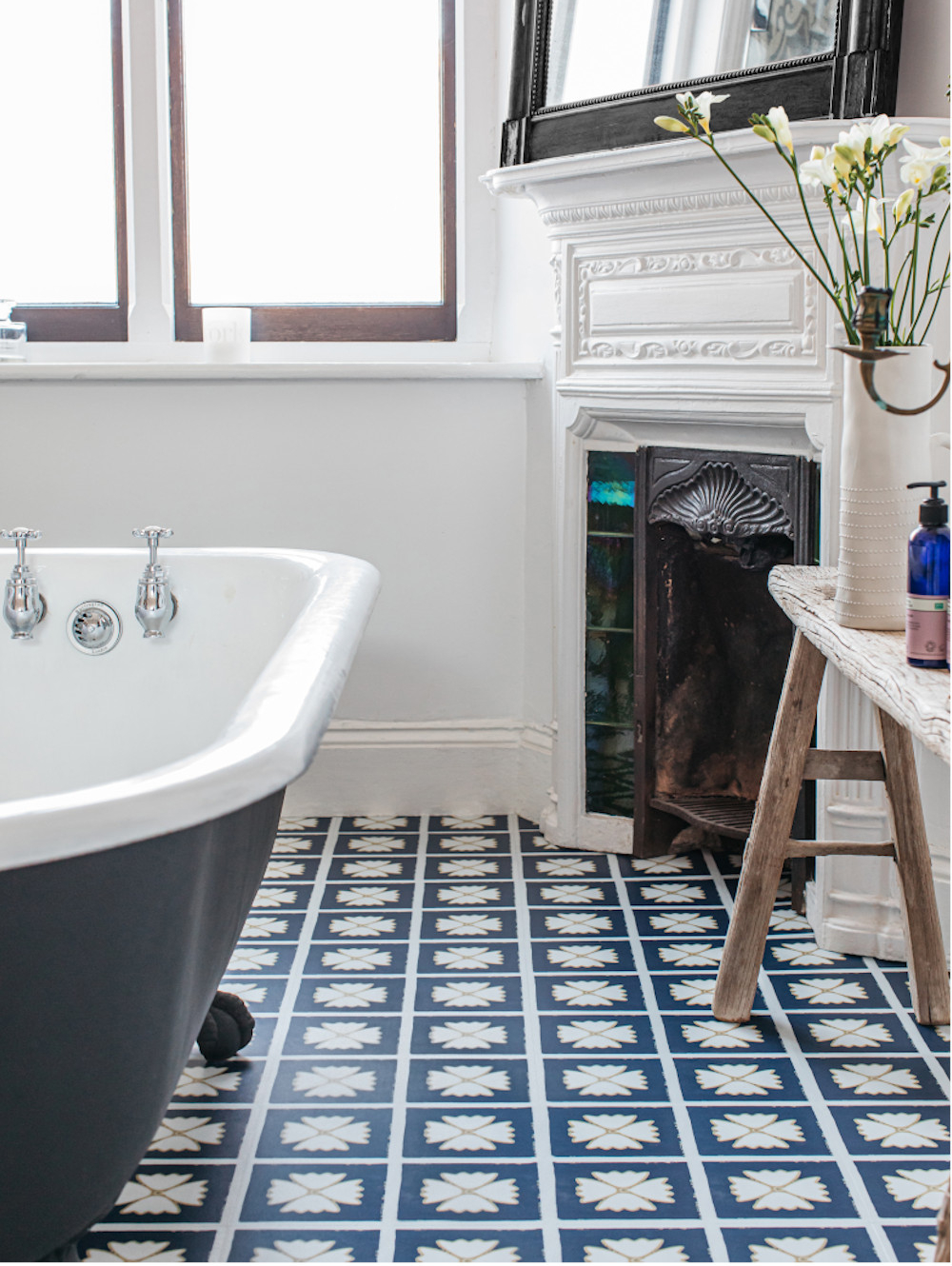
Vinyl flooring is incredibly resilient and low maintenance, making it a great choice if easy upkeep is an important factor in your decision-making. With proper care, vinyl flooring can last anywhere from 10 to 20 years, depending on the quality of the material and the thickness of the wear layer.
'The appeal of vinyl planks is the durability factor,' says Courtney Wollersheim. 'Active households with children, pets, and a high volume of entertaining should consider these floors because they offer the beauty of hardwood but with easy maintenance, not to mention the added peace of mind related to higher scratch resistance and durable wear layers.'
Neel Bradham agrees, adding: 'Luxury vinyl provides 100% waterproofness, making it ideal for damp rooms such as bathrooms and kitchens. The material also pairs wonderfully with underfloor heating and is suitable for large rooms, conservatories, and in front of floor-to-ceiling windows.'
How to maintain vinyl floors over time
'Laminate and luxury vinyl plank are extremely durable but not indestructible,' continues Courtney. 'You can protect these floors from extra scratching with furniture pads – such as these affordable super sliders from Walmart – and area rugs or runners placed near doors to the outside.'
'Don’t drag heavy furniture or appliances over these floors, as that can cause noticeable scratches through the wear layer. It’s also recommended to use window coverings to prevent sun damage to the floors. Use vacuums without the beater bar and appropriate cleaning solutions. Always consult the manufacturer's website for specific maintenance and care steps.'
Costs
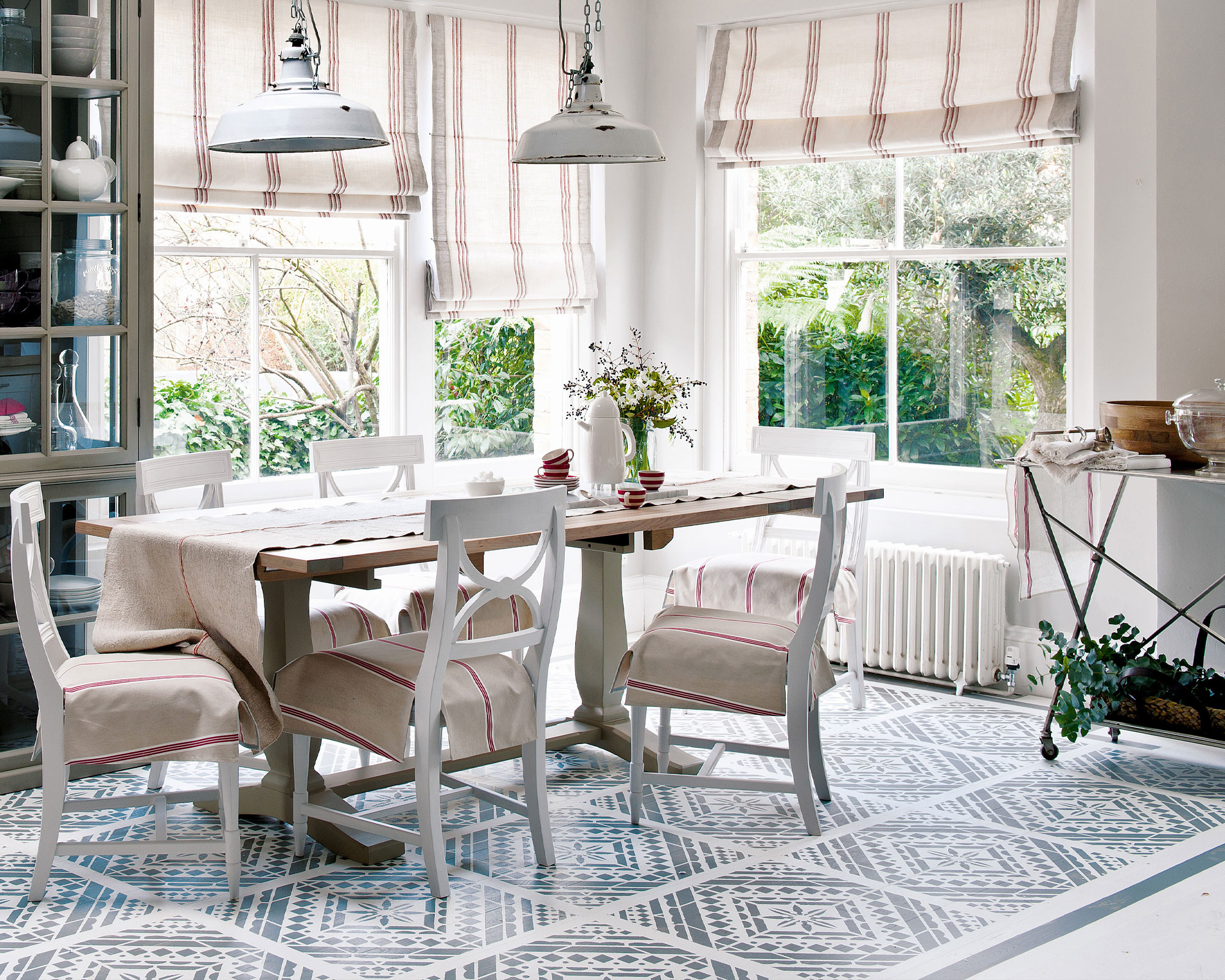
Compared to hardwood or stone, vinyl flooring offers a budget-friendly alternative that doesn't compromise on appearance. The price of vinyl flooring can vary based on style, quality, and installation costs, but it generally offers significant savings, especially for large projects.
Luxury vinyl flooring typically ranges from $2 to $7 per square foot, depending on the quality, design, and thickness. Installation costs can add $1- $5 per square foot, depending on the project's complexity and local labor rates.
Installation
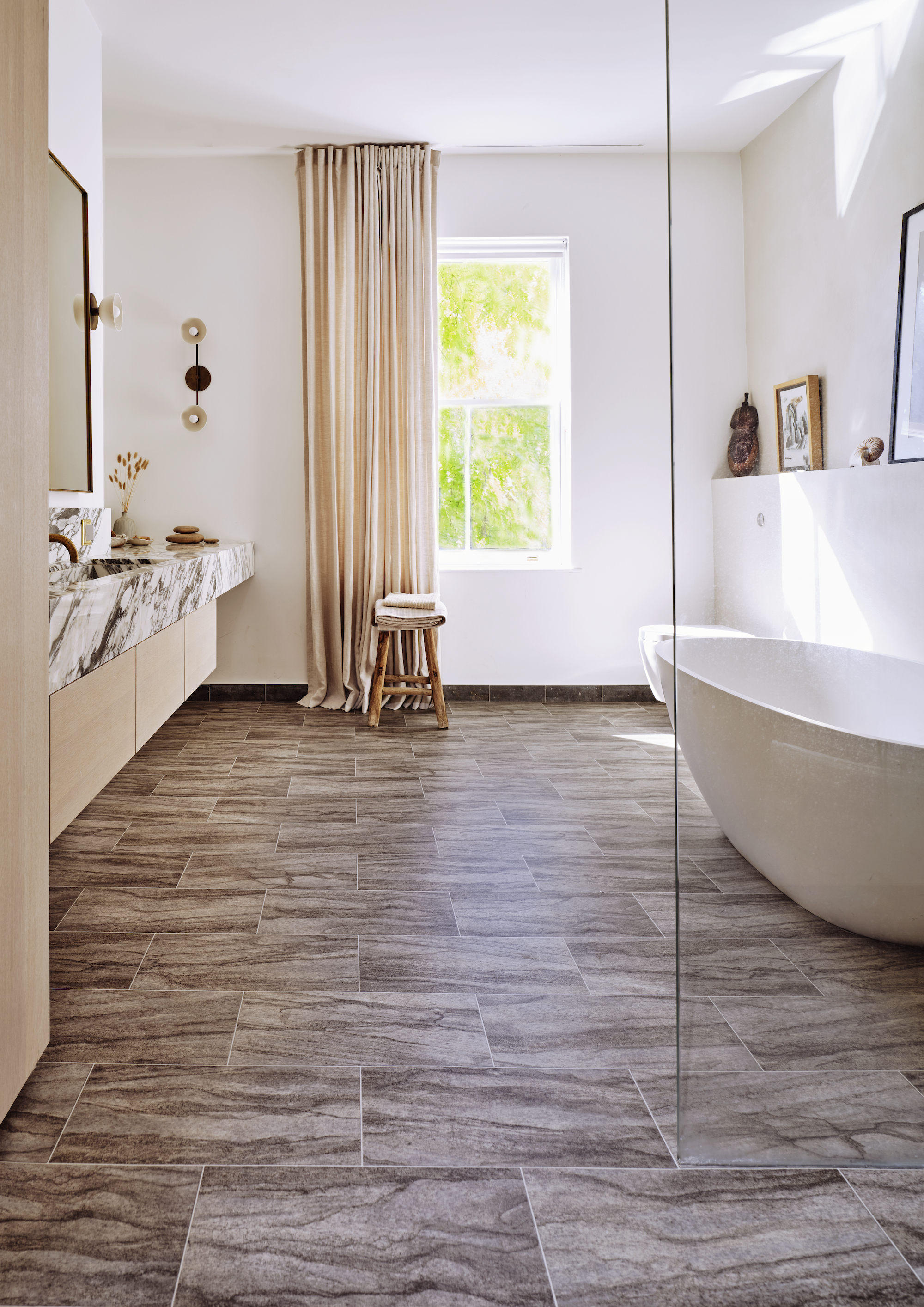
Another plus for vinyl flooring is its ease of installation.
'Many people mistakenly believe that vinyl is complicated to lay,' explains Neel Bradham. 'However, these prejudices are mostly based on experiences with vinyl of the “old” generation – vinyl as a cheap sheet material for gluing down.'
Today, most vinyl products have a click-lock design that allows floating installation over existing floors, making them a DIY-friendly option. For those who prefer professional installation, the process is quick and efficient, reducing overall costs.
'With the right underlay, vinyl can be used on any subfloor: wood, screed, concrete, tiles,' continues Neel. However, with floor tiles, care must be taken to ensure that vinyl with an SPC backing board is used, as the joints of the tiles underneath may show through with other variants. Vinyl is not suitable with old carpeting.'
Cork Underlayment Roll| $199.99 from Wayfair
When opting for underlay, don't settle for less. Quality brands such as Eco Cork Foam come ready to cut and install. They are waterproof, antimicrobial, acoustical and eco-friendly.
Sustainability
Advancements in recycling and production methods have improved the environmental impact of vinyl, and some manufacturers now offer vinyl flooring made from recycled materials.
However, many vinyl products may still pose environmental concerns due to their synthetic composition and the potential for non-recyclable waste. Lower-quality vinyl may also emit volatile organic compounds (VOCs) over time, impacting indoor air quality.
When exploring your flooring options, you may wish to enquire with the supplier about the use of recycled materials in production, the product's recyclability, and any certifications for low VOCs.
Flooring Comparisons
Luxury vinyl is a versatile and affordable option, but how does it stack up against other popular flooring styles, such as carpet and hardwood floors?:
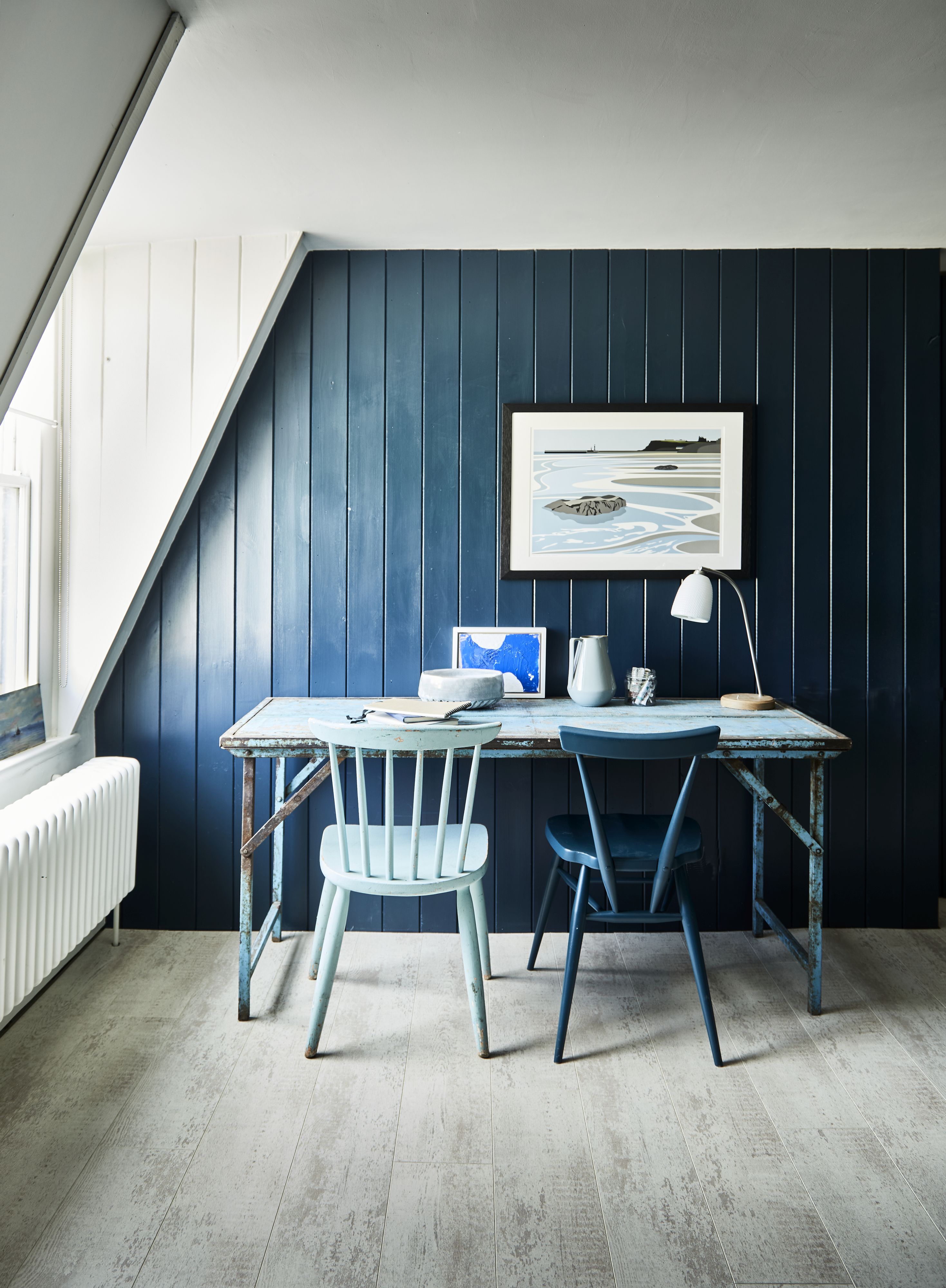
Vinyl vs. Laminate
Appearance: Both floor types can mimic natural materials like wood and stone, but vinyl offers a slightly more realistic and varied texture due to advanced printing technologies.
Durability: Vinyl and laminate are equally durable, but vinyl has superior moisture resistance, making it better suited to bathrooms and kitchens.
Maintenance: Both are easy to clean and maintain. Vinyl edges out with better resistance to water and stains.
Costs: Both are comparable in price and offer budget-friendly alternatives to natural materials. However, quality laminate planks can sometimes be cheaper.
Comfort: Vinyl tends to feel softer underfoot due to its composition and installation methods. Laminate can feel harder and noisier without an underlayment.
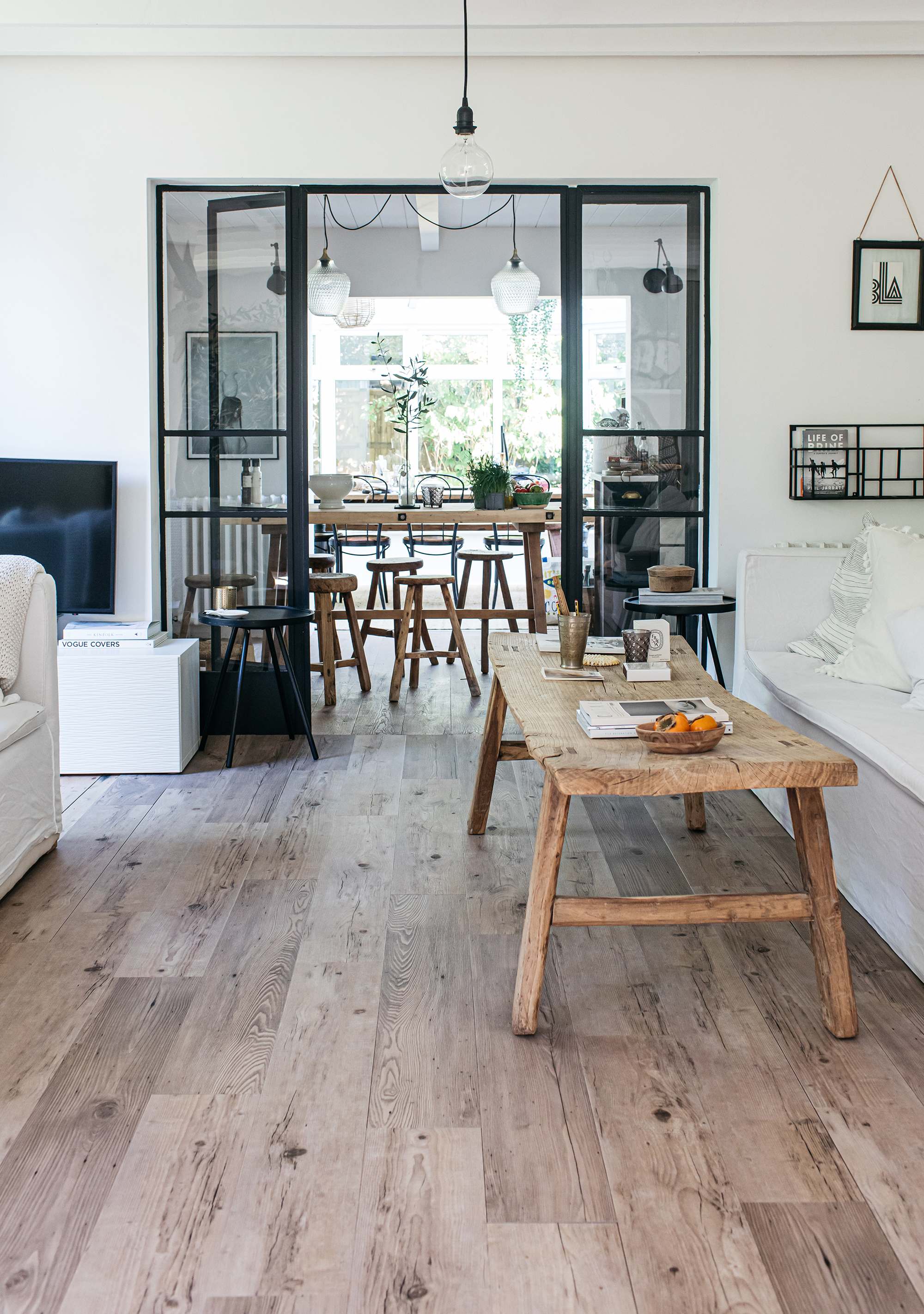
Vinyl vs. Hardwood Floors
Appearance: Hardwood offers timeless beauty and can increase a home's value, but if your budget doesn't allow for wooden floors, vinyl can provide an appealing alternative.
Durability: Hardwood is prone to scratches and water damage but can be refinished. Vinyl, on the other hand, is more durable against moisture and wear but cannot be refinished.
Maintenance: Hardwood requires more care when it comes to cleaning, including refinishing over time. Vinyl is easy to maintain with regular cleaning.
Costs: Hardwood is significantly more expensive in terms of material and labor, so vinyl is a more cost-effective choice.
Comfort: This all comes down to personal preference. Hardwood feels natural and warm, but vinyl can also offer warmth (especially when paired with underfloor heating) and is softer underfoot, especially with an underlay.
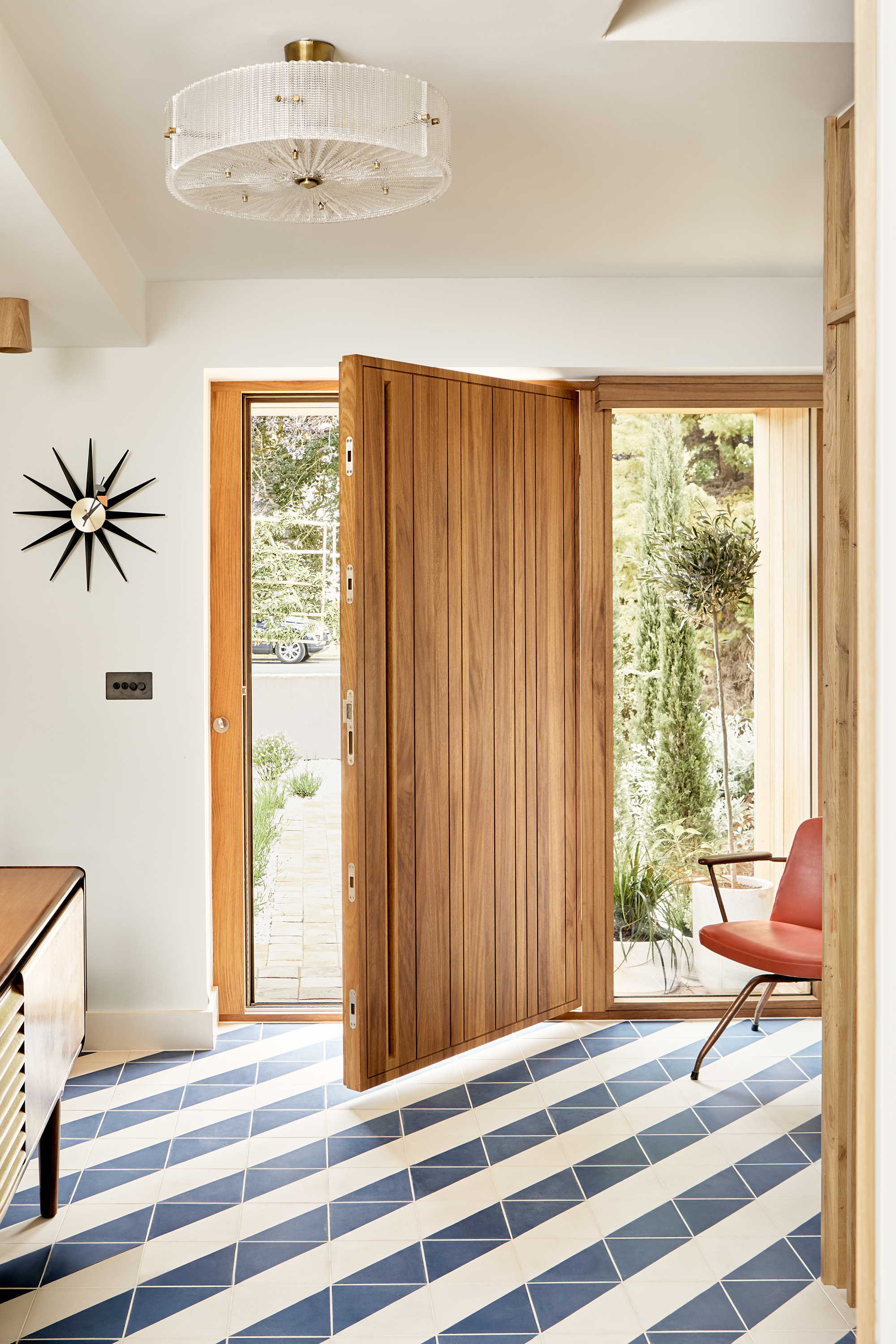
Vinyl vs. Tile Floors
Appearance: Tile offers a unique, classic look, especially in kitchens and bathrooms. Vinyl can effectively mimic this look, but it won't necessarily offer the same tactile experience.
Durability: Both floor tiles and vinyl are extremely durable and water-resistant. However, it's worth noting that tiles are prone to cracking if anything heavy is dropped onto them, and this can be costly to repair.
Maintenance: Tile requires more maintenance, including grout cleaning and sealing. Vinyl is much simpler to maintain and more forgiving with spills.
Cost: Beautiful tiles can be expensive, especially with complex installations. Vinyl is generally more affordable and easier to install.
Comfort: Though beautiful, tiles can feel hard and cold underfoot. Vinyl is warmer and can be made even more comfortable with the right underlay.
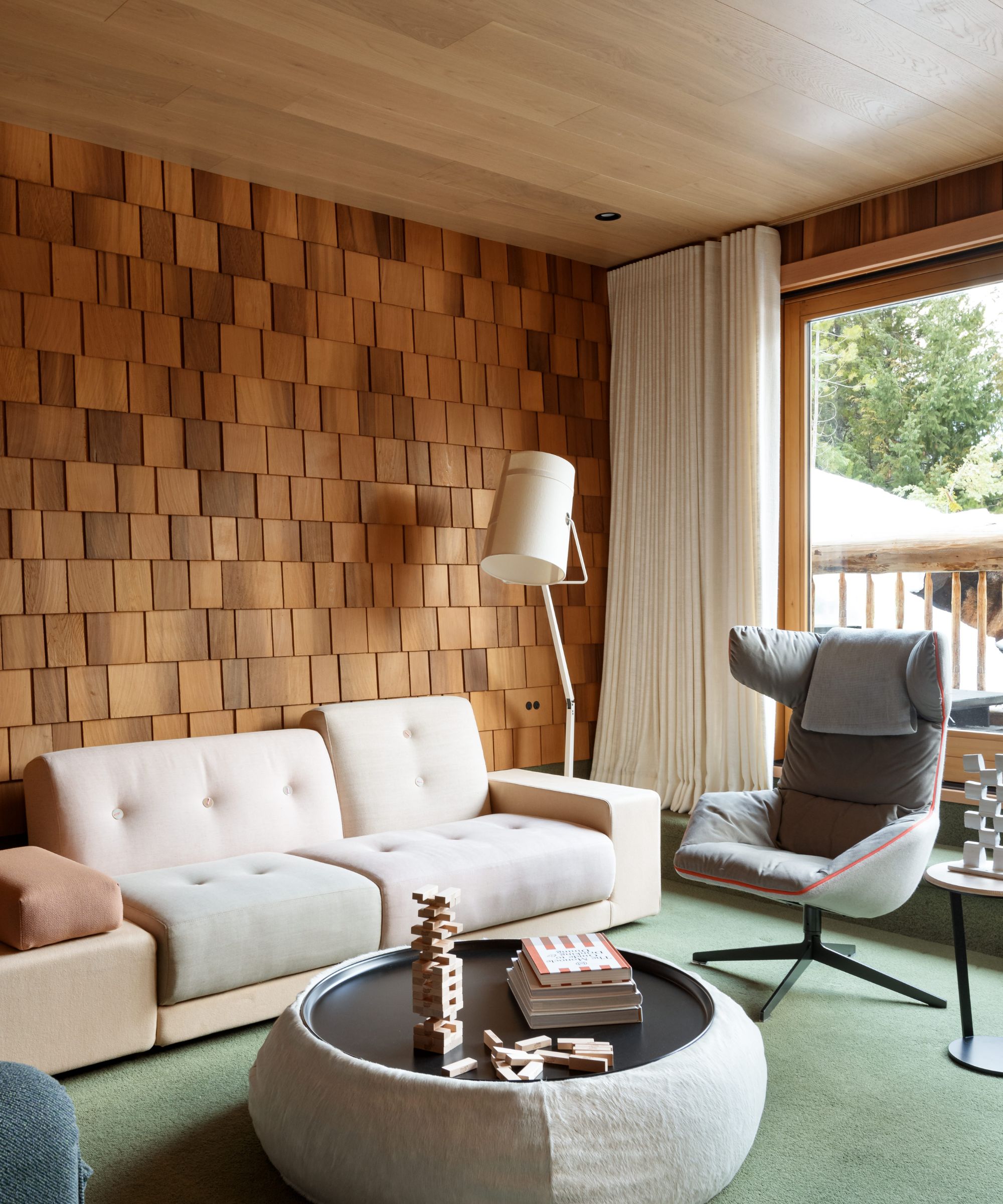
Vinyl vs. Carpet
Appearance: Carpet offers a warm, cozy look and comes in various colors and textures. Vinyl provides a different aesthetic by mimicking hard surfaces.
Durability: Carpet can show wear and is susceptible to stains. Vinyl, on the other hand, is more durable and resistant to moisture and heavy traffic.
Maintenance: Carpet requires regular vacuuming and professional cleaning. Vinyl is easier to clean and manage, needing only sweeping and occasional mopping.
Cost: Carpet varies in price but can be comparable to vinyl. However, the long-term maintenance cost of carpet can be higher.
Comfort: Carpet is unmatched in softness and warmth underfoot. Vinyl is softer than hard surfaces but doesn't offer the same coziness as carpet.
Hopefully this guide to luxury vinyl has dispelled some common misconceptions about this flooring type. Vinyl is an incredibly versatile option that is ideal for homes with young families, pets and high traffic areas. Of course, few materials will ever compare to the rustic charm of hardwood flooring or designer tiles, but when upkeep and affordability are your main concerns, vinyl may be the perfect choice for your home.
Sign up to the Homes & Gardens newsletter
Design expertise in your inbox – from inspiring decorating ideas and beautiful celebrity homes to practical gardening advice and shopping round-ups.

Gabriella is a freelance contributor for Homes & Gardens. She is a DIY enthusiast and a lover of all things interior design, often found antiquing or browsing the aisles of her local hardware store. She has a particular passion for historic buildings and is in the process of renovating a Victorian coachhouse in the countryside.
For much of the past decade, Gabriella has worked as a freelance writer, crafting copy for national publications and renowned homeware brands. Most recently, she worked for Homebuilding & Renovating Magazine and is the former Head of Solved at Homes & Gardens, focusing on case studies for the magazine and website, as well as writing features about issues surrounding historic and listed building projects.
-
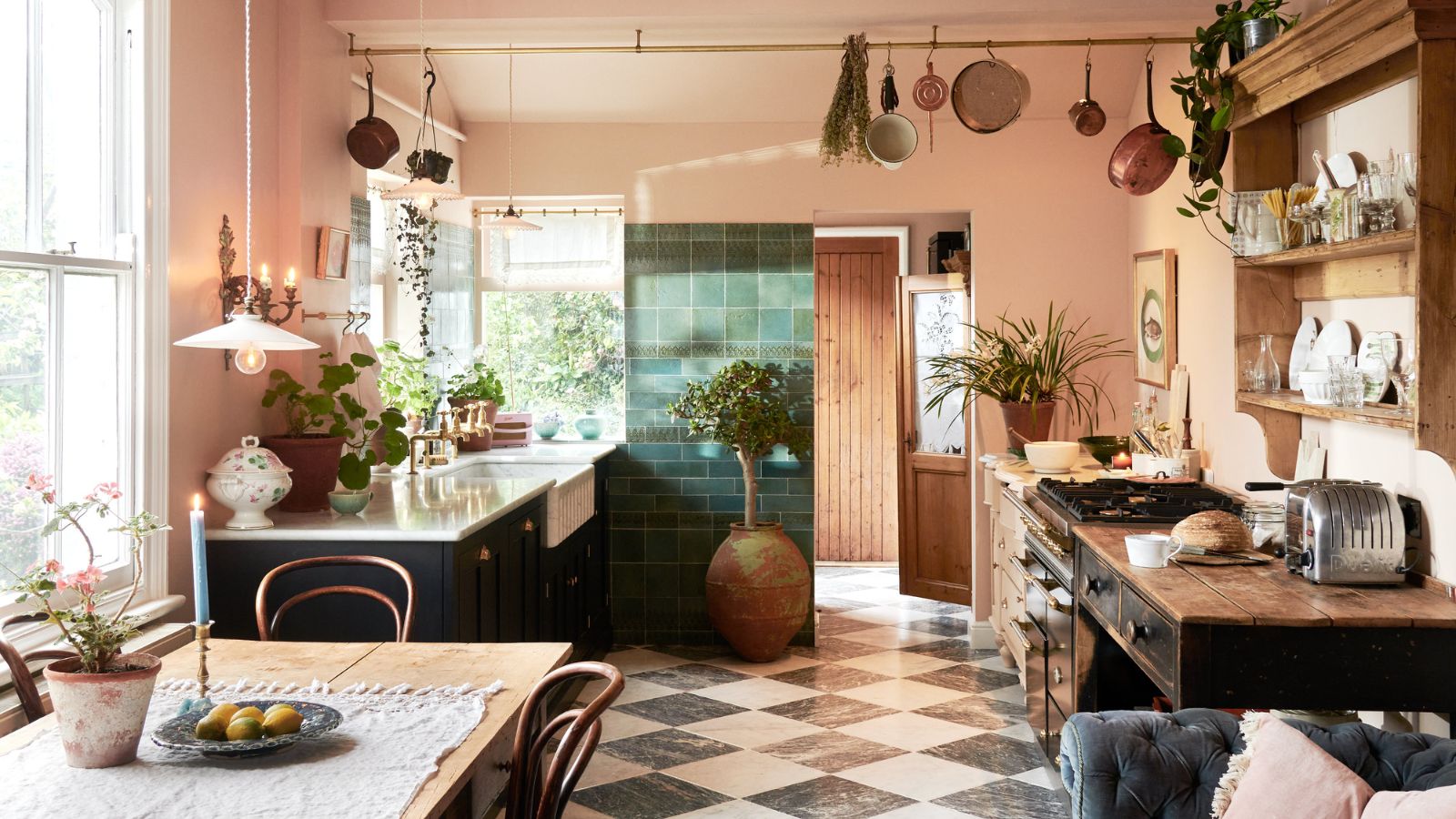 I tried the 50% decluttering rule, and it gave me the ruthless push to clear the clutter in my cramped kitchen cabinets
I tried the 50% decluttering rule, and it gave me the ruthless push to clear the clutter in my cramped kitchen cabinetsI can now find my dinnerware much more easily
By Rebecca Shepherd
-
 Andrew Walker's wooden cabinets have made me rethink the concept of a classic neutral kitchen – they're simple without feeling overly minimal
Andrew Walker's wooden cabinets have made me rethink the concept of a classic neutral kitchen – they're simple without feeling overly minimalRaw, pared-back cabinetry has never felt so sophisticated – designers say they're a 'smart, long-term investment with lasting style'
By Megan Slack
